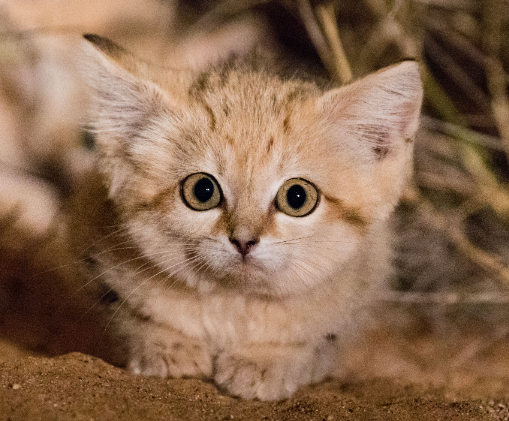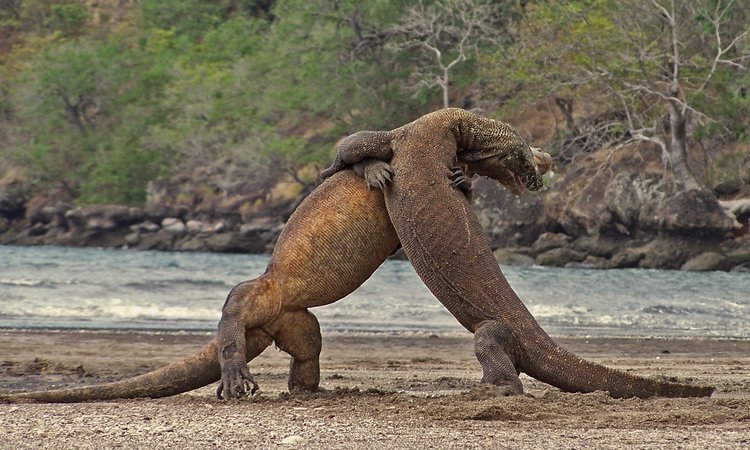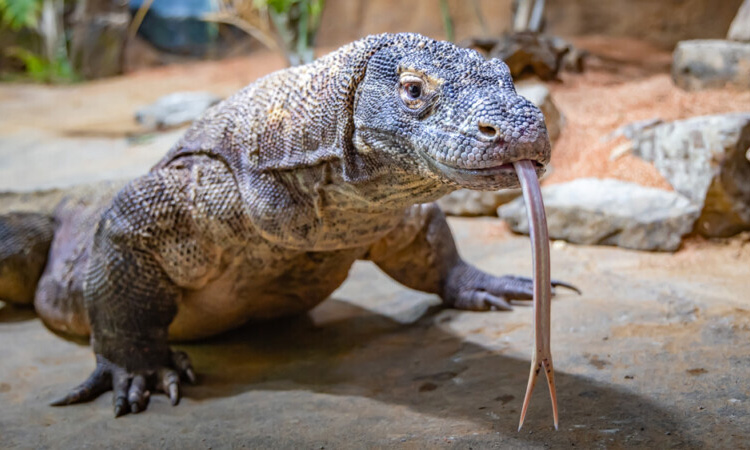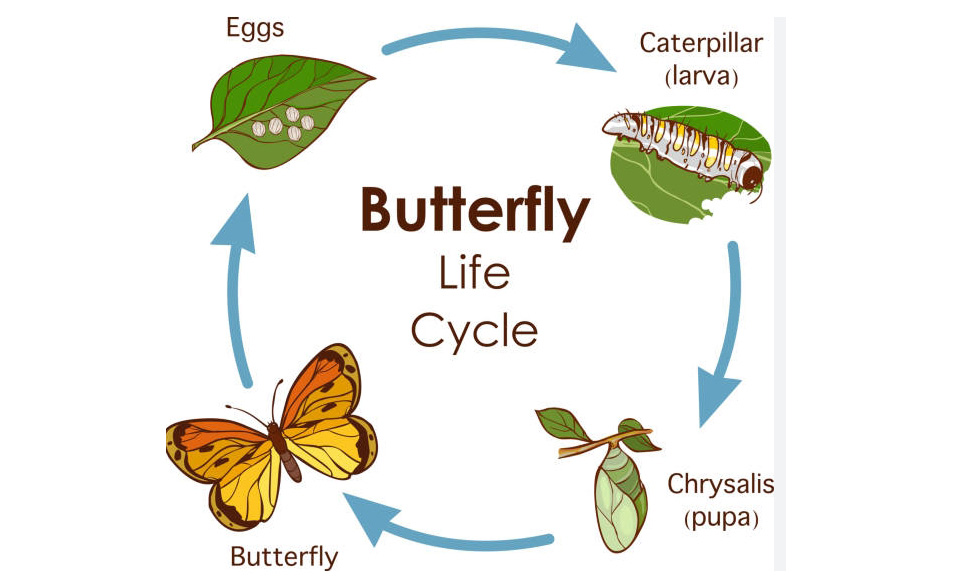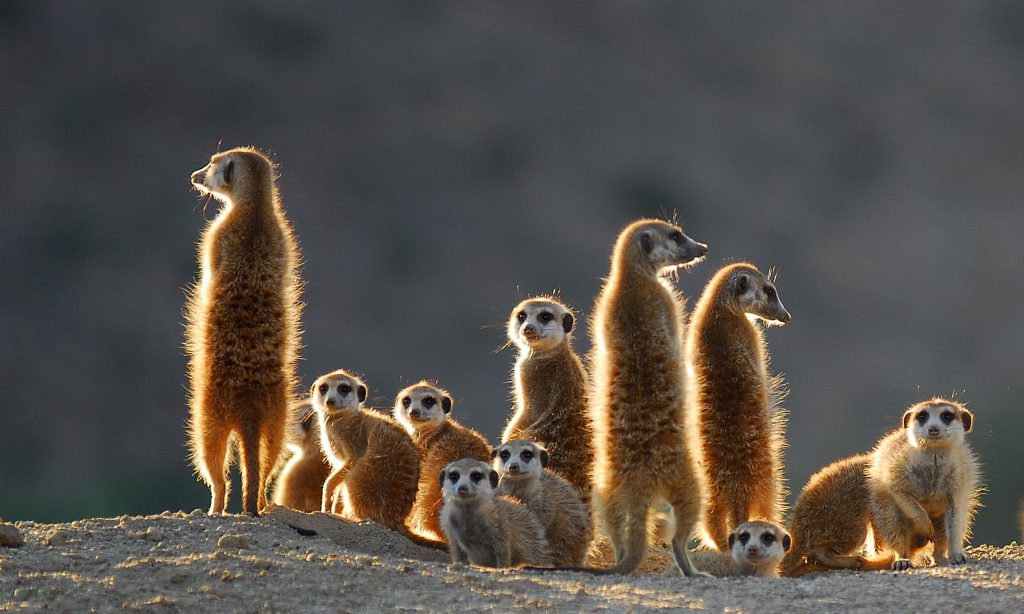The sand cat, a remarkable little feline, roams some of the most inhospitable environments on our planet. With its unique adaptations and endearing characteristics, this hardy creature has captured the hearts of wildlife enthusiasts and researchers alike. In this post, we’ll explore what makes the sand cat so special, from its adaptations for survival to its role in the ecosystem.
Unique Adaptations for Survival
The sand cat (Felis margarita) is perfectly designed for life in arid environments. One of its most striking features is its thick fur, which helps insulate against extreme temperatures—keeping it warm during the chilly desert nights and cool during the blistering days. Additionally, sand cats have large, furry paws that provide traction on shifting sands, allowing them to move swiftly and stealthily. Their ability to survive without drinking water, obtaining moisture from their prey, adds to their resilience, making them true desert specialists.
Diet and Hunting Habits
Sand cats are primarily nocturnal hunters, which aids in avoiding the intense heat of the daytime sun. Their diet mainly consists of small mammals, birds, and insects, but their flexible feeding habits allow them to adapt to the available food sources in their habitat. Their keen senses of sight and hearing help them locate prey underground or hidden within the dunes. This adaptability in hunting and diet is a key factor in their survival in such harsh conditions, allowing them to thrive where many other species would struggle.
Conservation Status
While the sand cat is not currently listed as endangered, it still faces several threats that could impact its populations in the wild. Habitat destruction due to human encroachment, desertification, and climate change are significant concerns. Additionally, poaching and the illegal pet trade pose risks. Conservation efforts are vital to ensure the future of these fascinating creatures. Education and awareness about their ecological role can foster a sense of responsibility and action toward protecting their habitats.
In conclusion, the sand cat is a small but mighty ambassador of desert ecosystems. With its incredible adaptations and unique behaviors, it serves as a reminder of the wonders of nature and the importance of conservation. If you’re intrigued by the sand cat or want to learn more about its remarkable adaptations, consider exploring further into the world of wildlife conservation. Your curiosity can contribute to understanding and protecting this extraordinary feline!
